ASTROPHOTOGRAPHY WITH ALT-AZIMUTH MOUNTS
Learn how to take stunning astrophotos with your alt-az mount
Learn how to take stunning astrophotos with your alt-az mount
When taking astrophotos with any kind of mount, there are two main ways of doing it. Both principles benefit from the simplicity of the alt-azimuth simple design without the need for polar alignment or levelling.
Taking short-exposure and unguided images.
Taking long-exposure and guided images.
It is extremely easy to get into astrophotography this way. Modern CMOS cameras have a very low readout noise. Therefore using many short sub-exposures works wonders and an increasing number of PC programs easily combine the many sub-exposures into a final great image.
When using the TTS-160 Panther Mount all you have to do is:
Just as easy as visual observations, no polar alignment, no guiding, just point and shoot. This article on telescopemount.org dives into much deeper detail about short-exposure astrophotography with an alt-az mount.
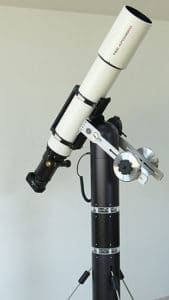
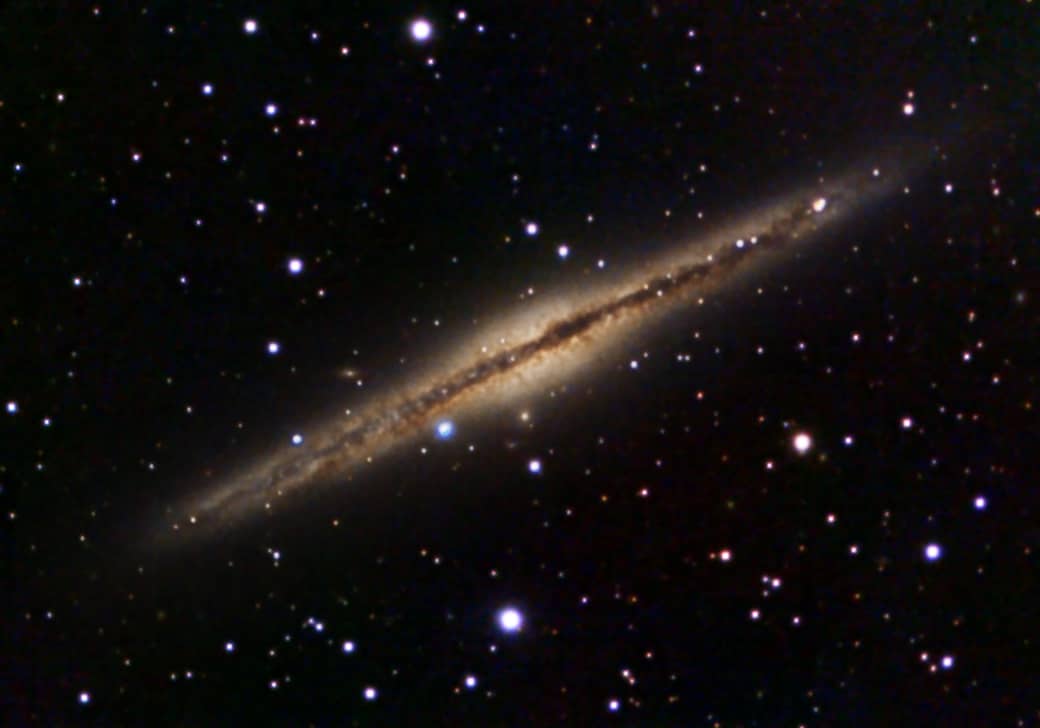
NGC 891 Galaxy, 840 x 10 sec ASI 224MC , TEC 140 f7 refractor. No guide, No de-rotator
The most amazing deep sky images require long sub-exposures to catch the faintest details. To do this with the TTS-160 Panther Mount you must have the Telescope rOTAtor. This device works as a field de-rotator allowing true equatorial tracking. you achieve the necessary tracking accuracy auto-guiding is used.
When using the TTS-160 Panther Mount all you have to do is:
Easy to transport, fast to set up, no polar alignment, just guide and shoot. For a more detailed article on telescope rotators, go check out this one on telescopemount.org.
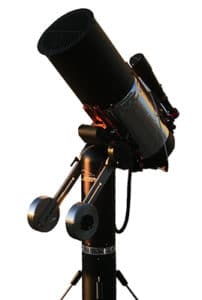
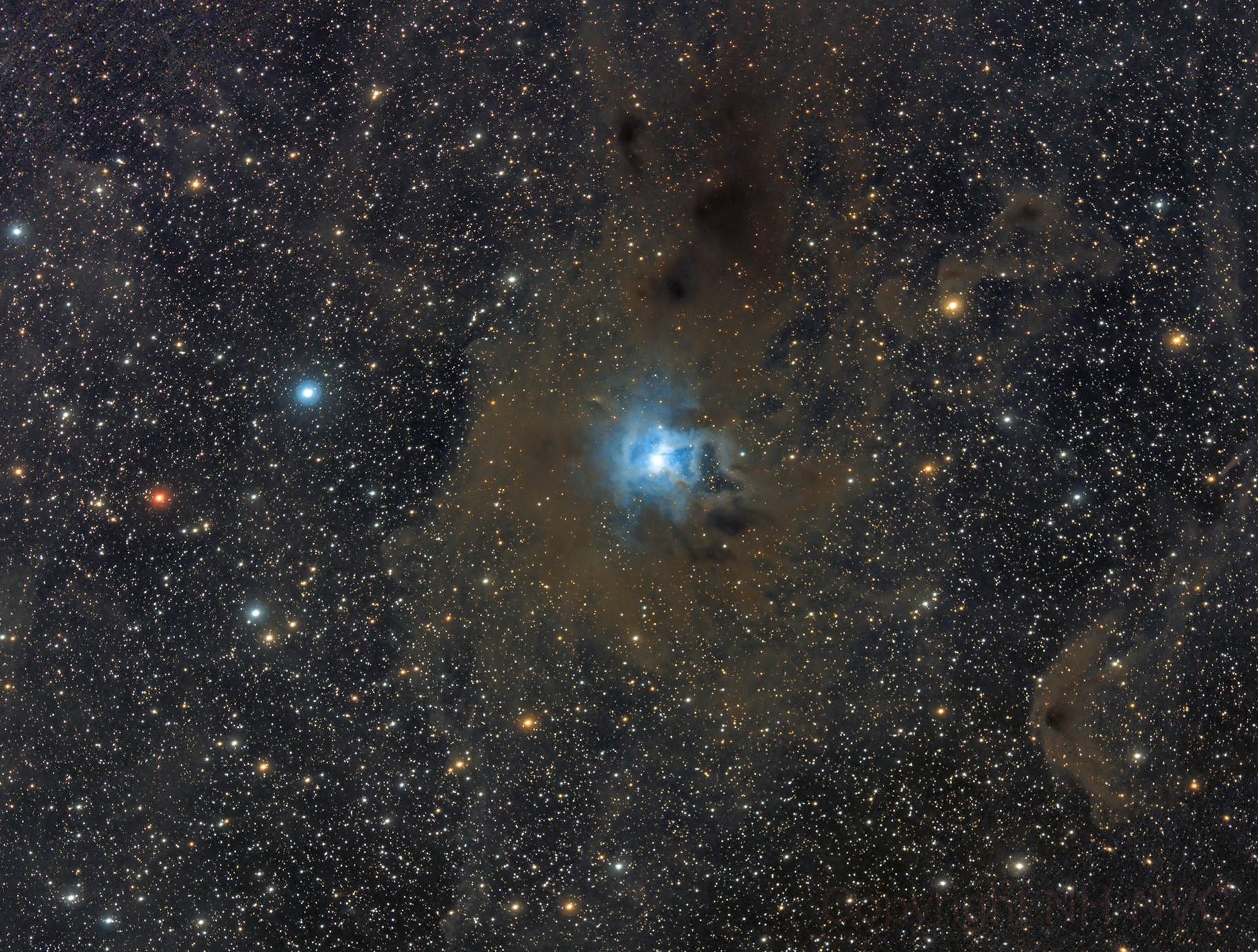
Iris Nebula, CelestronC9.25 Hyperstar F/2.2, Camera ZWO ASI071MC, 63 x 120 sec. Panther Mount with telescope rOTAtor
Clear skies – Niels Haagh
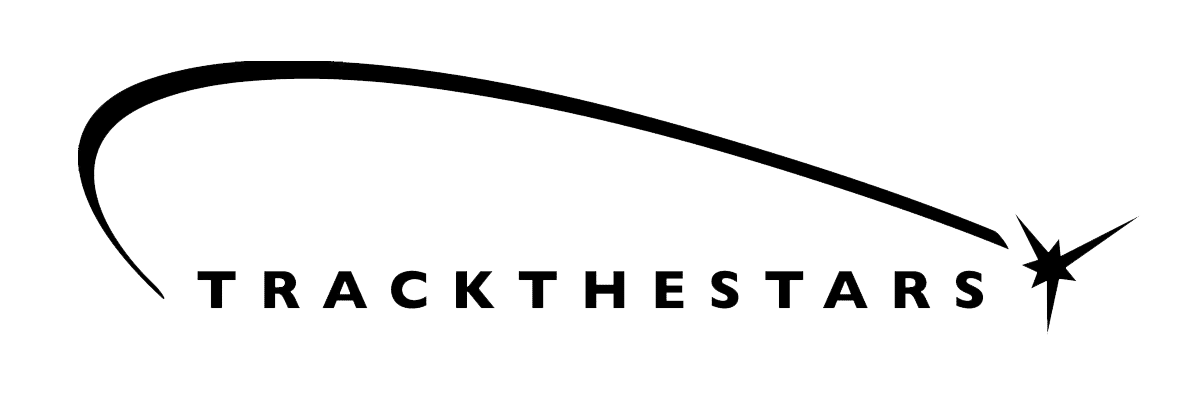 Track The Stars is a small Danish telescope mount producer. The telescope mounts are designed and handbuilt in Denmark and made of high-quality materials. The mounts include the TTS-160 Panther Telescope Mount and the larger TTS-300 Mammoth Observatory Mount.
Track The Stars is a small Danish telescope mount producer. The telescope mounts are designed and handbuilt in Denmark and made of high-quality materials. The mounts include the TTS-160 Panther Telescope Mount and the larger TTS-300 Mammoth Observatory Mount.
Email:
info@trackthestars.com
Phone:
+45 5057 3550
Address:
Enghoejvej 17
3660 Ganloese
Denmark
| Cookie | Duration | Description |
|---|---|---|
| apbct_cookies_test | session | CleanTalk sets this cookie to prevent spam on comments and forms and act as a complete anti-spam solution and firewall for the site. |
| apbct_page_hits | session | CleanTalk sets this cookie to prevent spam on comments and forms and act as a complete anti-spam solution and firewall for the site. |
| apbct_site_landing_ts | session | CleanTalk sets this cookie to prevent spam on comments and forms and act as a complete anti-spam solution and firewall for the site. |
| apbct_site_referer | 3 days | This cookie is placed by CleanTalk Spam Protect to prevent spam and to store the referrer page address which led the user to the website. |
| apbct_timestamp | session | CleanTalk sets this cookie to prevent spam on comments and forms and act as a complete anti-spam solution and firewall for the site. |
| apbct_urls | 3 days | This cookie is placed by CleanTalk Spam Protect to prevent spam and to store the addresses (urls) visited on the website. |
| apbct_visible_fields_0 | session | Its functionality is to provide spam protection. |
| apbct_visible_fields_1 | session | Its functionality is to provide spam protection. |
| cookielawinfo-checkbox-advertisement | 1 year | Set by the GDPR Cookie Consent plugin, this cookie is used to record the user consent for the cookies in the "Advertisement" category . |
| cookielawinfo-checkbox-analytics | 11 months | This cookie is set by GDPR Cookie Consent plugin. The cookie is used to store the user consent for the cookies in the category "Analytics". |
| cookielawinfo-checkbox-functional | 11 months | The cookie is set by GDPR cookie consent to record the user consent for the cookies in the category "Functional". |
| cookielawinfo-checkbox-necessary | 11 months | This cookie is set by GDPR Cookie Consent plugin. The cookies is used to store the user consent for the cookies in the category "Necessary". |
| cookielawinfo-checkbox-others | 11 months | This cookie is set by GDPR Cookie Consent plugin. The cookie is used to store the user consent for the cookies in the category "Other. |
| cookielawinfo-checkbox-performance | 11 months | This cookie is set by GDPR Cookie Consent plugin. The cookie is used to store the user consent for the cookies in the category "Performance". |
| CookieLawInfoConsent | 1 year | Records the default button state of the corresponding category & the status of CCPA. It works only in coordination with the primary cookie. |
| ct_checked_emails | session | Its functionality is to provide spam protection. |
| ct_checkjs | session | CleanTalk–Used to prevent spam on our comments and forms and acts as a complete anti-spam solution and firewall for this site. |
| ct_fkp_timestamp | session | CleanTalk sets this cookie to prevent spam on the site's comments/forms, and to act as a complete anti-spam solution and firewall for the site. |
| ct_has_scrolled | session | Its functionality is to store dynamic variables from the browser. |
| ct_mouse_moved | session | Its functionality is to store dynamic variables from the browser. |
| ct_pointer_data | session | CleanTalk sets this cookie to prevent spam on the site's comments/forms, and to act as a complete anti-spam solution and firewall for the site. |
| ct_ps_timestamp | session | CleanTalk sets this cookie to prevent spam on the site's comments/forms, and to act as a complete anti-spam solution and firewall for the site. |
| ct_screen_info | session | Its functionality is to store dynamic variables from the browser. |
| ct_sfw_pass_key | 1 month | CleanTalk sets this cookie to prevent spam on comments and forms and act as a complete anti-spam solution and firewall for the site. |
| ct_timezone | session | CleanTalk–Used to prevent spam on our comments and forms and acts as a complete anti-spam solution and firewall for this site. |
| PHPSESSID | session | This cookie is native to PHP applications. The cookie is used to store and identify a users' unique session ID for the purpose of managing user session on the website. The cookie is a session cookies and is deleted when all the browser windows are closed. |
| viewed_cookie_policy | 11 months | The cookie is set by the GDPR Cookie Consent plugin and is used to store whether or not user has consented to the use of cookies. It does not store any personal data. |
| Cookie | Duration | Description |
|---|---|---|
| simplero-landing-page-100270-shown | 3 months | Remembers whether you've seen a landing page already. |
| simplero-landing-page-88835-shown | 3 months | Remembers whether you've seen a landing page already. |
| simplero-landing-page-98391-shown | 3 months | Remembers whether you've seen a landing page already. |
| ss | session | This cookie is set by the provider Eventbrite. This cookie is used for the functionality of website chat-box function. |
| TawkConnectionTime | session | Tawk.to, a live chat functionality, sets this cookie. For improved service, this cookie helps remember users so that previous chats can be linked together. |
| Cookie | Duration | Description |
|---|---|---|
| __utma | 2 years | This cookie is set by Google Analytics and is used to distinguish users and sessions. The cookie is created when the JavaScript library executes and there are no existing __utma cookies. The cookie is updated every time data is sent to Google Analytics. |
| __utmb | 30 minutes | Google Analytics sets this cookie, to determine new sessions/visits. __utmb cookie is created when the JavaScript library executes and there are no existing __utma cookies. It is updated every time data is sent to Google Analytics. |
| __utmc | session | The cookie is set by Google Analytics and is deleted when the user closes the browser. It is used to enable interoperability with urchin.js, which is an older version of Google Analytics and is used in conjunction with the __utmb cookie to determine new sessions/visits. |
| __utmt | 10 minutes | Google Analytics sets this cookie to inhibit request rate. |
| __utmv | 2 years | The __utmv cookie is set on the user's device, to enable Google Analytics to classify the visitor. |
| __utmz | 6 months | Google Analytics sets this cookie to store the traffic source or campaign by which the visitor reached the site. |
| _first_pageview | 10 minutes | This is a session cookie set during the first display of the page on each visit. This cookie is used to shoot certain codes on the first display of the page and also to enhance the speed of the website. |
| Cookie | Duration | Description |
|---|---|---|
| _ga | 2 years | The _ga cookie, installed by Google Analytics, calculates visitor, session and campaign data and also keeps track of site usage for the site's analytics report. The cookie stores information anonymously and assigns a randomly generated number to recognize unique visitors. |
| _gat_gtag_UA_35655705_1 | 1 minute | Set by Google to distinguish users. |
| _gid | 1 day | Installed by Google Analytics, _gid cookie stores information on how visitors use a website, while also creating an analytics report of the website's performance. Some of the data that are collected include the number of visitors, their source, and the pages they visit anonymously. |
| _jsuid | 1 year | This cookie contains random number which is generated when a visitor visits the website for the first time. This cookie is used to identify the new visitors to the website. |
| cluid | 1 year | This cookie is used for websites which is having multiple domains to identify the same visitor across multiple domains. |
| CONSENT | 2 years | YouTube sets this cookie via embedded youtube-videos and registers anonymous statistical data. |
| heatmaps_g2g_100664596 | 1 hour | This cookie is set by Clicky Analytics to track heatmap data. |
| Cookie | Duration | Description |
|---|---|---|
| _fbp | 3 months | This cookie is set by Facebook to display advertisements when either on Facebook or on a digital platform powered by Facebook advertising, after visiting the website. |
| fr | 3 months | Facebook sets this cookie to show relevant advertisements to users by tracking user behaviour across the web, on sites that have Facebook pixel or Facebook social plugin. |
| VISITOR_INFO1_LIVE | 5 months 27 days | A cookie set by YouTube to measure bandwidth that determines whether the user gets the new or old player interface. |
| YSC | session | YSC cookie is set by Youtube and is used to track the views of embedded videos on Youtube pages. |
| yt-remote-connected-devices | never | YouTube sets this cookie to store the video preferences of the user using embedded YouTube video. |
| yt-remote-device-id | never | YouTube sets this cookie to store the video preferences of the user using embedded YouTube video. |
| yt.innertube::nextId | never | This cookie, set by YouTube, registers a unique ID to store data on what videos from YouTube the user has seen. |
| yt.innertube::requests | never | This cookie, set by YouTube, registers a unique ID to store data on what videos from YouTube the user has seen. |